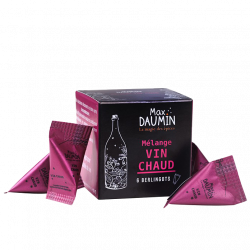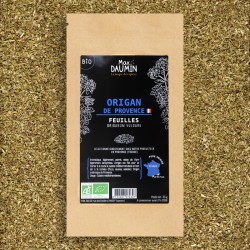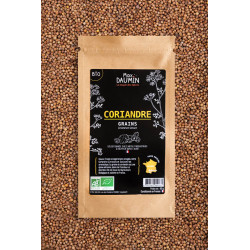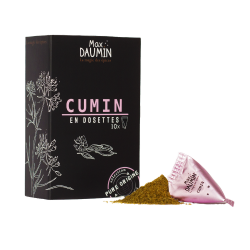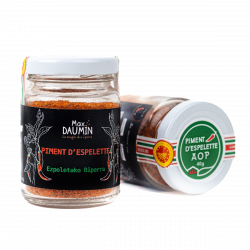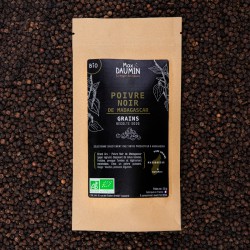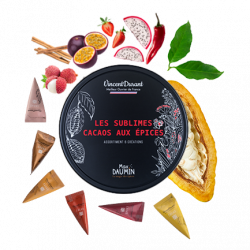Do-it-yourself mustard kit!
Your DIY mustard, all in one kit! You have brown and organic mustard seeds, a carton of organic turmeric and a carton of organic black pepper from Madagascar. The recipe, simple to make, is slipped into your kraft bag.
Equivalent to making a 200g jar of mustard.
-
Usage : Mustard to make yourself.
-
Label : Organic Agriculture

-
Composition : 75g of organic brown mustard seeds from Isère - 1 carton of organic turmeric
-
Conditionnement : Resealable kraft bag

History
Plant & perfume
The mustard we use is brown mustard (Brassica juncea), it comes at 1:15 from our company in Isère, cultivated by Julien our producer. It is also certified organic.
Brown mustard is a biennial herb from the Brassicaceae family (cruciferae) with a pungent flavor, the leaves of which are also used as a condiment. After flowering and pollination, small brown seeds are obtained during the summer.
It is when mustard is ground with water that it releases its pungency, it is a natural defense mechanism of herbivorous animals! When the seeds are crushed, an enzyme is released, myrosinase, which reacts with sinigrin to give isothiocyanate d 'allyl. It is this chemical compound that is responsible for the spiciness, the purpose of which is to repel herbivores. The human species has made it rather a nice ally of its table, as a condiment.
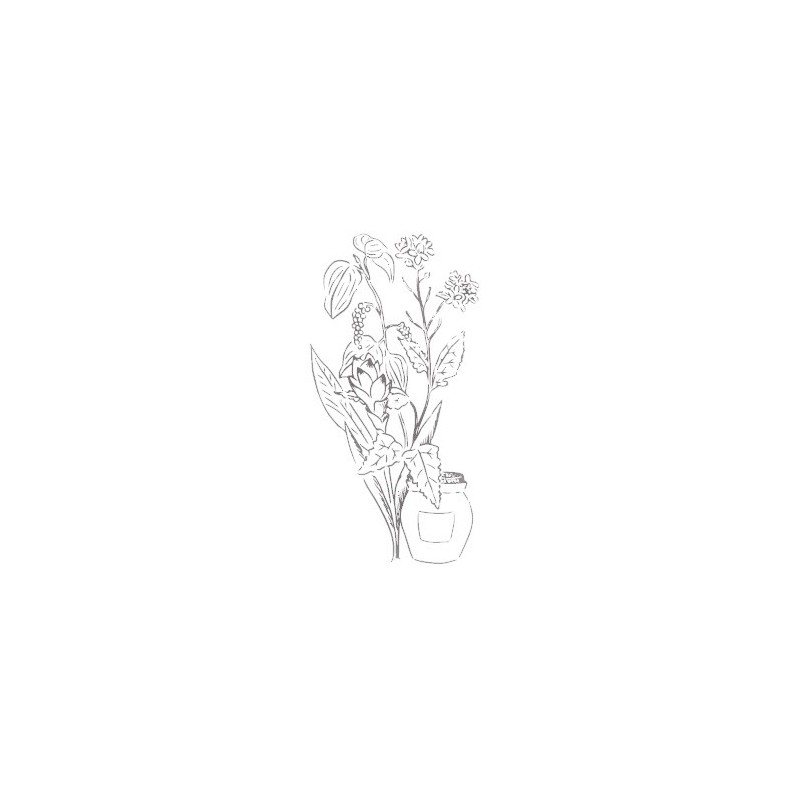

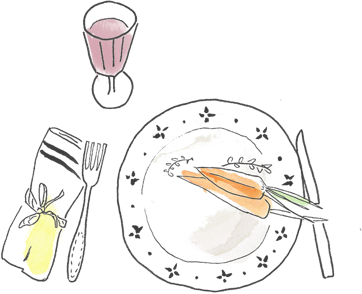
Benefits
Cooking and Virtue
How to make your own mustard
Make your own mustard is relatively simple, here is the recipe:
(equivalent to a 150g jar)
Soak the seeds for 24 hours with 75ml of cider vinegar and two tablespoons of water. Finely grind everything. Add turmeric, pepper, a pinch of salt, a little oil (2, 3 tbsp) to make the mixture smooth. (If the consistency is liquid, you can thicken it with a little flour.)
Grind everything again in a food processor finely. It's ready ! You can flavor it according to honey, shallot, thyme, tarragon, garlic.
You can, according to your taste, thicken the mustard with flour.
It can be kept for several weeks at room temperature or in the refrigerator. Your realized mustard is without preservative, natural. It may oxidize a little, the top will turn brown and this is completely normal Just add a little oil to the surface to avoid this phenomenon.

Origins
A long journey
3,000 years ago, the Chinese cultivated this seed. Crushed and mixed with vinegar, it is used to season dishes. The Egyptians in followed the example, it was then introduced in Gaul by the Romans. The name mustard comes from the Latin mustum ardens, which means "fiery must". It was at the beginning of the 13th century that we find the first mentions of mustard. "This condiment is prepared with crushed mustard seeds, added with herbs and diluted with must" (Gautier de Coinci, Benedictine monk born in 1177).
This preparation will evolve over the centuries, including verjuice, vinegar, salt, spices, herbs and even fruit! At the time, the tools for finely grinding mustard seeds were poorly developed, so some of the grains remained whole. That's what we call this type of mustard "old-fashioned mustard".
Philip the Bold, first Duke of Burgundy, liked mustard so much that he ordered it to be made in the Duchy. The manufacture of mustard was regulated in Dijon at the beginning of the 15th century. In 1634, the vinegar makers and mustard makers of Dijon obtained the exclusive right to manufacture mustard and the obligation to affix their name or brand. Dijon mustard was born.


Frequently asked questions

Customers who bought this product also bought:















